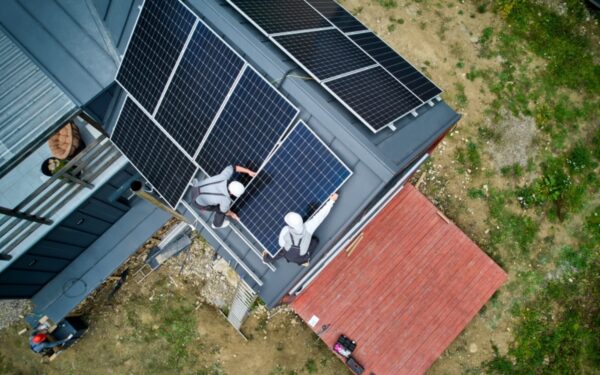Plumes of smoke from wildfires in Quebec have descended on North-Eastern cities in the US in a sci-fi-like haze.
Uncontrolled fires have burned 3.8 million hectares of forest, 15 times the 10-year average. Canada’s minister of public safety said: “As of today, there are 414 wildfires burning, 239 of which are determined to be out of control”.
New York, Detroit and Philadelphia all reported worrying drops in their air quality indices with NYC reporting the worst air quality since the 1980s, reaching levels more toxic than those seen after 9/11.
Pictures from Manhattan show skyscrapers and the Statue of Liberty engulfed in a thick orange fog.
Over 800 flights have been delayed from New York airports with millions urged to stay indoors. Zoo animals have been moved inside, carriage rides suspended and Governor Kathy Hochul said that one million masks would be made available across the city.
For some time, the scientific consensus has leaned towards global warming being the root cause of more frequent and more intense wildfires. Put simply, global warming dries out vegetation and soil and creates more combustible material.
President Biden has sent 600 firefighters to the Quebec province and blamed the fires on the “climate crisis”. A UN report has predicted a 14 per cent increase in wildfires by 2030, and a 30 per cent increase by 2050.
The science is, however, contested. Bjorn Lomborg argues that the percentage area of burned land has decreased over the past century and that the reason humans are predicted to experience more wildfires in the near future is due to population growth in areas susceptible to wildfires rather than more fires.
There is no doubt the pictures emerging from New York look apocalyptic. But Lomborg also argues that media melodrama presents an apocalyptic narrative that ought to be ignored. For example, the media frenzy surrounding the Australian wildfires in 2019 terrified people with such headlines as “Terror Coast,” “This is what a climate crisis looks like” and “Apocalypse Now”. In reality, that fire season was one of the tamest in 120 years.
A perfect example of why the conversation on wildfires is so often fruitless can be gleaned from a study in The Lancet. The report showed that while the past two decades have resulted in 7,200 extra heat deaths in North America, the heat prevented 21,000 cold deaths.
It’s a land of trade-offs. And while we should be proportionately worried about wildfires, there is no doubt we are, globally, less likely to die from them than we ever have been.
Write to us with your comments to be considered for publication at letters@reaction.life




